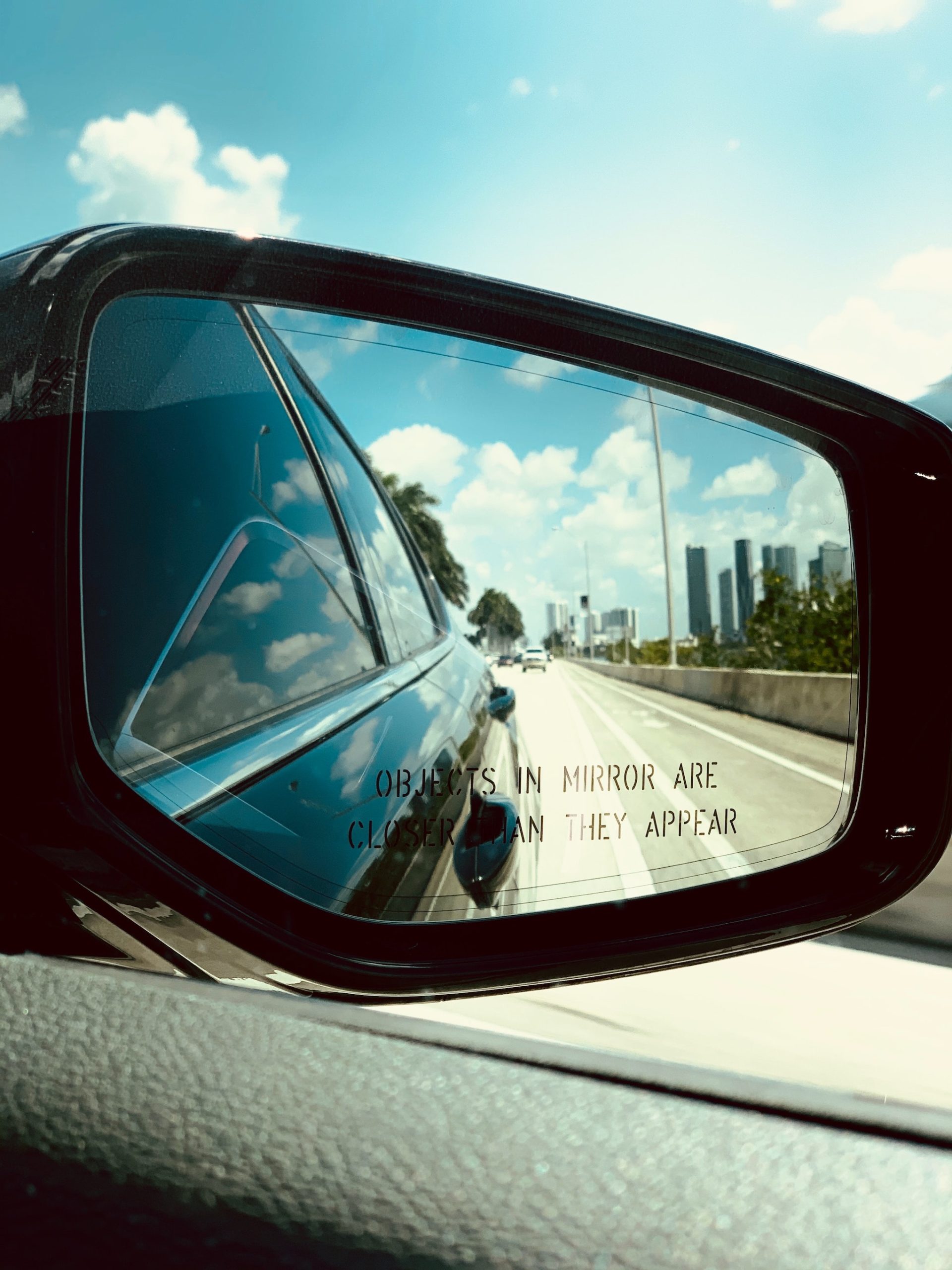
In our series of prayer explorations we have looked at how Jesus taught us how to pray; how we can find many opportunities to pray throughout the day (and night) and also locations where we might pray; and how we can pray with our mind, imagining ourselves into Bible scenes and asking God to speak with us in conversation. Today we look at reflective prayer in a mirror.
Again this isn’t about making a list of please or petitions to God, or speaking with set phrases – this is a conversation, albeit where for much of this we may be in silence – which could be useful depending where and when we pray 😉
The Jesuits have used a method of engaging with a form of prayer known as the Examen for many centuries. Pray as You Go have a myriad of forms of Examen prayer available here. I would like to explore this way of prayer a little here but offer some alternatives as well.
The key here is to use what is useful for you.
Firstly, what is the Examen?
According to the Ignatian Spirituality website, the Examen is technique of prayerful reflection on the events of the day in order to detect God’s presence and discern his direction for us. So, it is a way of looking back on the day or period of time, and quietly reviewing the day in the context of God. It is very much a conversational form of prayer. Let me stress that this is not a form of punishment, a time to list all that we feel have not accomplished or believe that we have got it wrong – far from it. God, I believe, is not looking to spend this time creating a list for us to dwell upon in penance, but an opportunity for us to flourish.
When can we do this?
This form of prayer is usually undertaken at the end of the day, but this could not only be done then but also first thing in the morning. It could be done after a significant occurrence – a difficult interview, a bad episode at work or when out shopping. Let’s not be constrained by historical traditions but let that relationship between God and ourselves flow, entwine. We do not live a prescribed life but one where all of it God exists.

Where can we do this?
In our Cell, as we discussed in our second session, is one typical location; however, I would contest that we can enter into this form of prayer whenever, wherever. Try it on the walk back from that difficult episode, as you sit on the bus on the way back or to work, or in bed as you move towards sleep. [Warning: you may well wake up to complete this prayer 😉 ]
How can we do this?
In my teaching days we had to include three varieties of methods to be inclusive. There was the visual learner, requiring something to be seen so it could be taken in. There was the audio learner, who needed to hear an argument to process it. Lastly, there was the kinaesthetic learner who needed some form of action usually with their hands. Hence I suggest the Five Finger Examen. Here, we can look at our hand, talk through the prayer, and hold onto each finger/digit as we proceed.
I invite you to take your outstretched hand so your palm faces towards you – this works even if you have your gloves on.
Thumb – What has been good?
Intentionally recall those moments which have brought joy, where we might give a “thumb’s up” sign. Don’t dismiss yourself, diminish that opportunity to feel good, but pause as you stay in that moment of that joy. Thank God that even though we may or may not have felt God’s presence at that time, God was there.

Forefinger – Where have we encountered God?
Look back at the day or the scene just encountered which we are brining to God. Let our finger point to those issues which rise up, where God was evident. Do not worry if we struggle to identify clearly such times, allow ourselves to time to note them if they were there. It is only when we look might we see.
Middle – What’s stood out for you?
What was the prominent feature of the time: whether to be good or bad. Again, don’t let this become a time of penance but a rich time of conversation. Perhaps use imaginative contemplation to reflect again on that particular scene – what might God be saying to you now?
Ring finger – What could we appreciate God’s help with?
For those who are married they may have a ring on this finger which denotes the promises made on that day. What responsibilities have we had this day, ones where from now on we need to seek God’s love to help us more? Again, it is a time of moving forward, not making us cower in fear.
Little Finger – What changes can we make?
If change is constant then we might wish to make a little change to bring about a re-balance in our day, our life. This isn’t about giving away all of our possessions (well not usually) but about what might we do differently next time to ease the tension, to seek to restore relationships, to bring God’s love evident in our community. We are only responsible for our actions, so what we seek to do is all we can do – what others do is up to them.
Conclusion
And that’s it. No suggested timings, no doctrines on where and when, no limitations are needed. We may well find that this may become a daily occurrence, or one we undertake weekly. It may one where we simply converse with God, in snippets, like text or WhatsApp messages – keeping contact with the one we love and seek to follow.
At our next and concluding session we will be looking at Unanswered Prayers.
2 thoughts on “Reflective prayer – but when & where?”
Comments are closed.